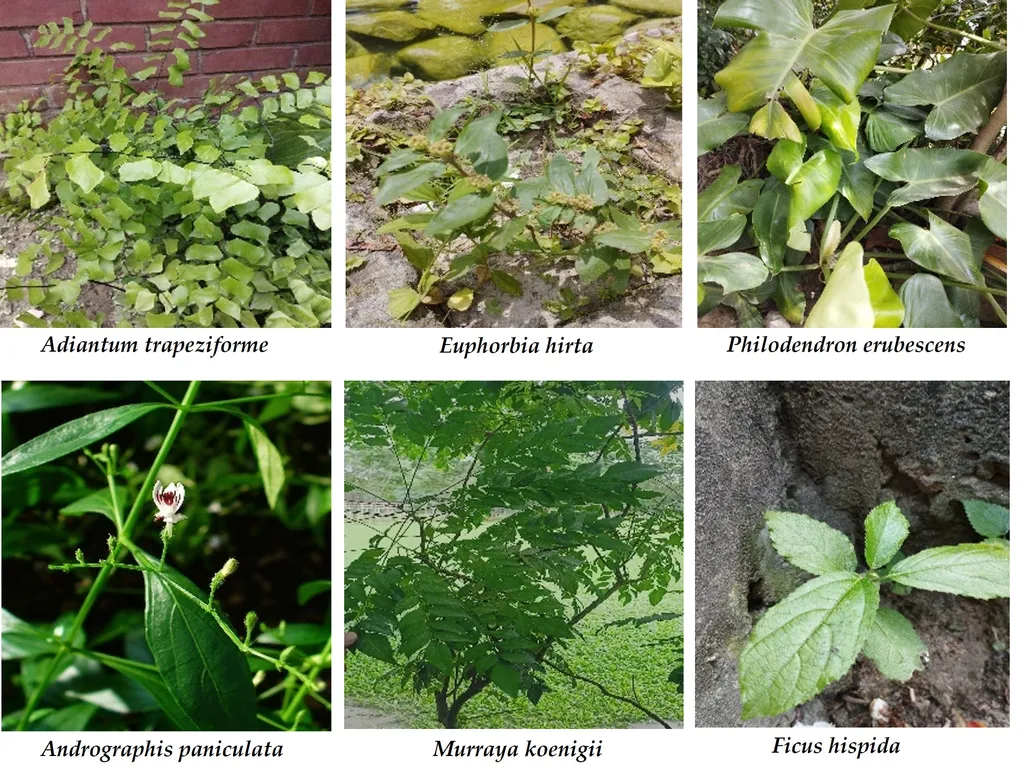In the heart of Dhaka, Bangladesh, a comprehensive study has unveiled the rich floral tapestry of the Uttara region, offering insights that could shape future agricultural and ecological strategies. Led by Mollah Naimuzzaman from the College of Agricultural Sciences at IUBAT-International University of Business Agriculture and Technology, the research, published in ‘Plant Trends’ (translated as ‘Trends in Plants’), provides a detailed taxonomic survey of the area’s plant life, with implications that resonate far beyond the region.
The study, conducted from August 2021 to October 2022, cataloged 225 plant species, categorizing them into 119 families. Among these, the Fabaceae family emerged as the most prominent, housing 7% of the species. “This dominance of Fabaceae is significant,” Naimuzzaman explains, “as it indicates a robust nitrogen-fixing capacity in the soil, which is crucial for sustainable agriculture.”
The findings reveal a diverse distribution of plant types: trees (28.0%), shrubs (16.0%), herbs (43.55%), and climbers (12.40%). This diversity is not just a botanical curiosity; it holds substantial commercial potential. For instance, the identification of 46 fruit species and 29 medicinal plants opens avenues for local and international markets. “The commercial potential is immense,” Naimuzzaman notes. “These plants can be harnessed for various industries, from food and pharmaceuticals to cosmetics and biofuels.”
The study also highlights the importance of sustainable management practices. By introducing native plant species and encouraging public participation in conservation efforts, the region can enhance its floral diversity and ecological balance. This approach is not just environmentally sound but also economically viable. “Sustainable practices ensure long-term benefits,” Naimuzzaman asserts. “They protect our natural resources while providing economic opportunities for local communities.”
The research is a treasure trove for plant taxonomists, ecologists, and naturalists, offering a region-specific snapshot of the current status of species. It underscores the need for continued exploration and documentation of plant life, which is vital for developing strategies to combat climate change and promote biodiversity.
As the world grapples with environmental challenges, studies like this one provide a roadmap for sustainable development. By understanding and preserving our floral diversity, we can pave the way for a greener, more resilient future. The insights from this research could shape future developments in agriculture, conservation, and even the energy sector, where biofuels derived from native plants could play a significant role.
In the words of Naimuzzaman, “This study is just the beginning. It opens up new possibilities for research and development, offering a glimpse into the vast potential of our natural world.” As we delve deeper into the complexities of our ecosystems, we unlock the keys to a sustainable future, one plant at a time.

